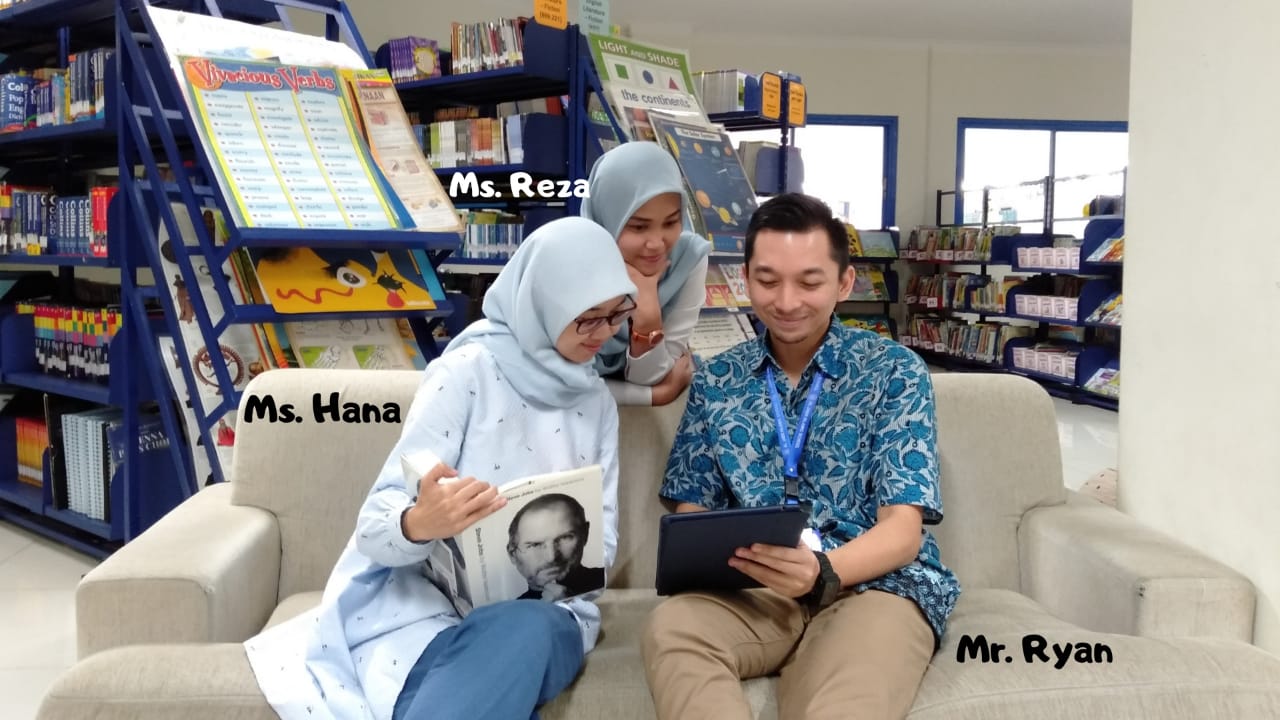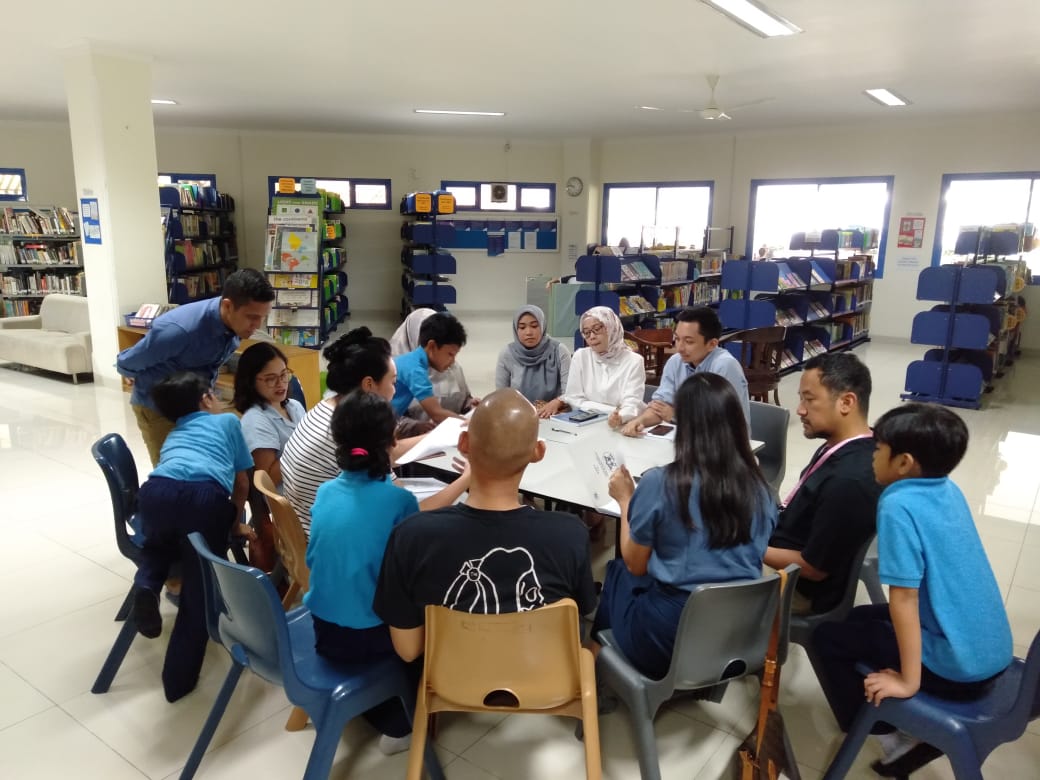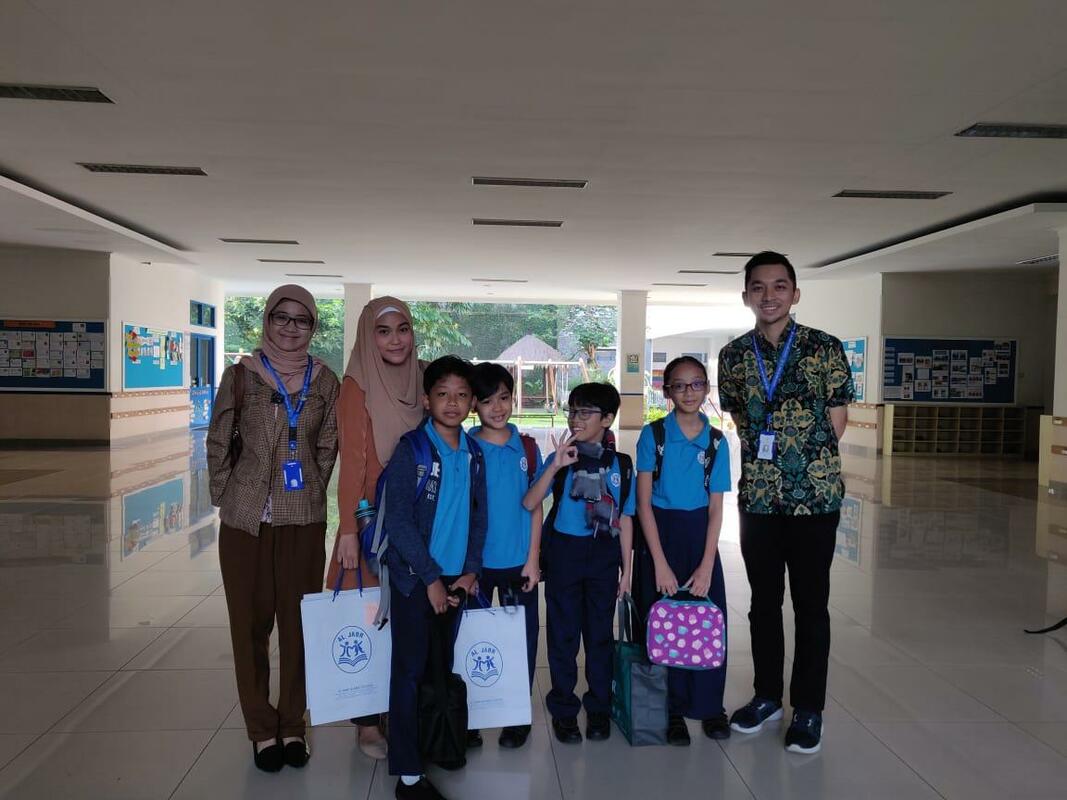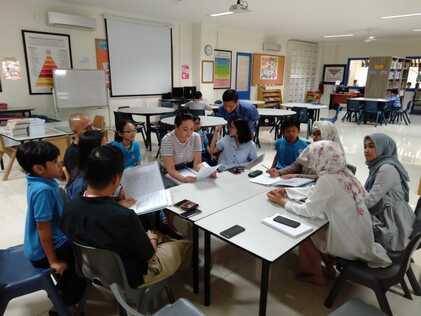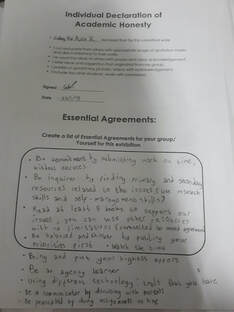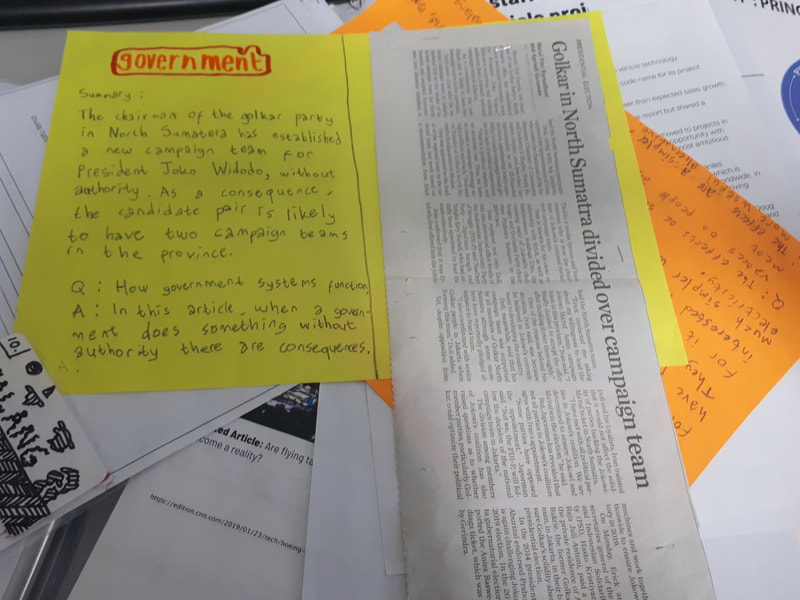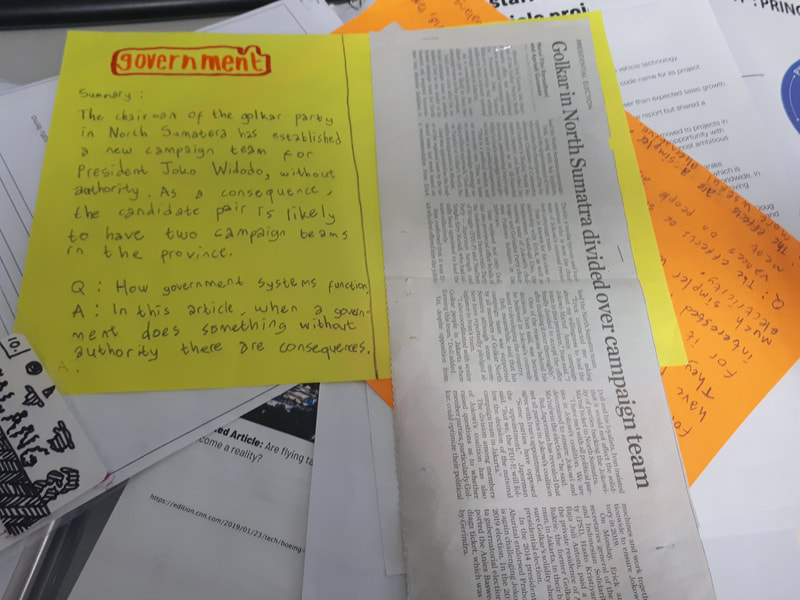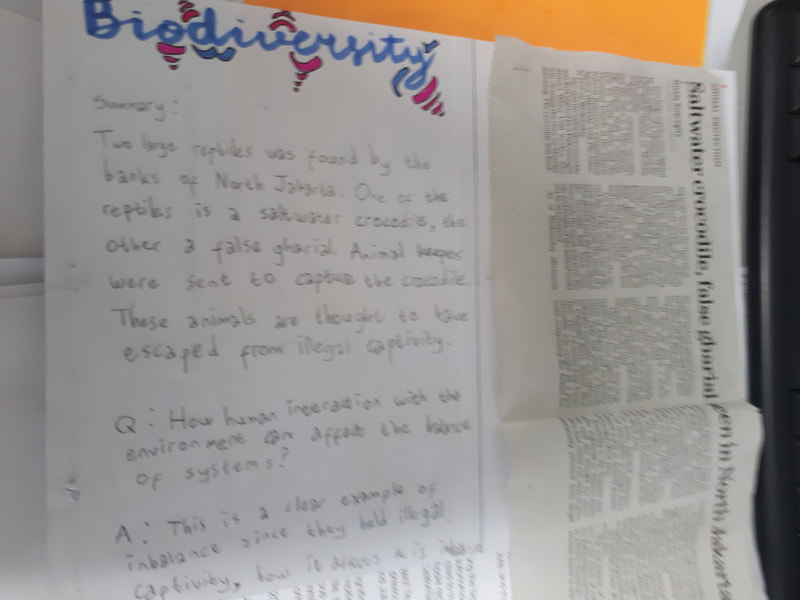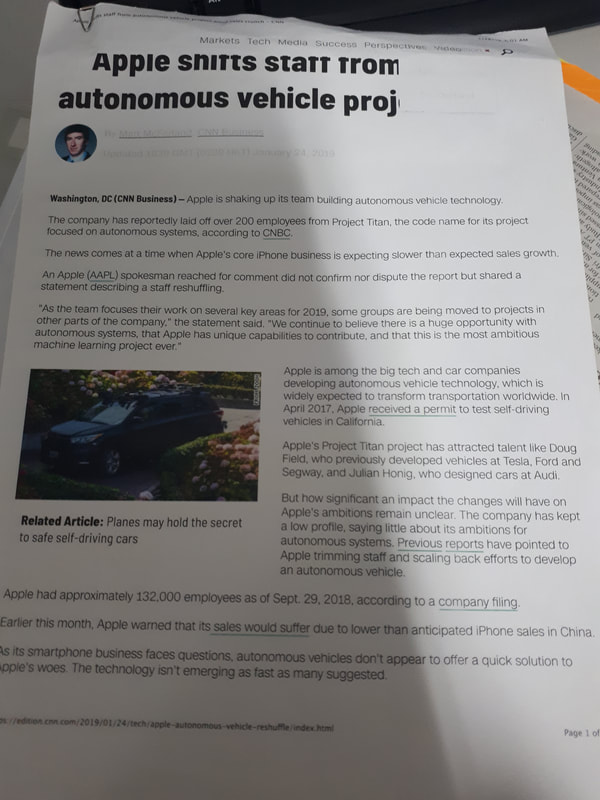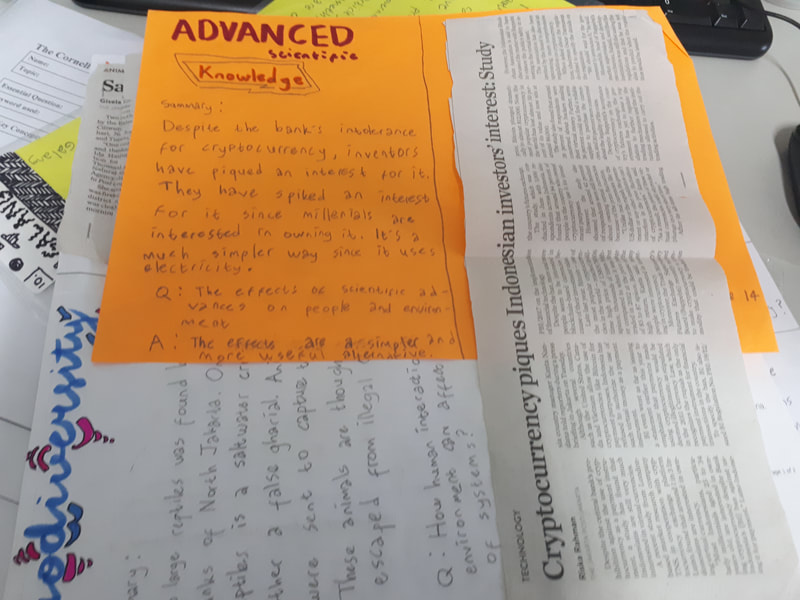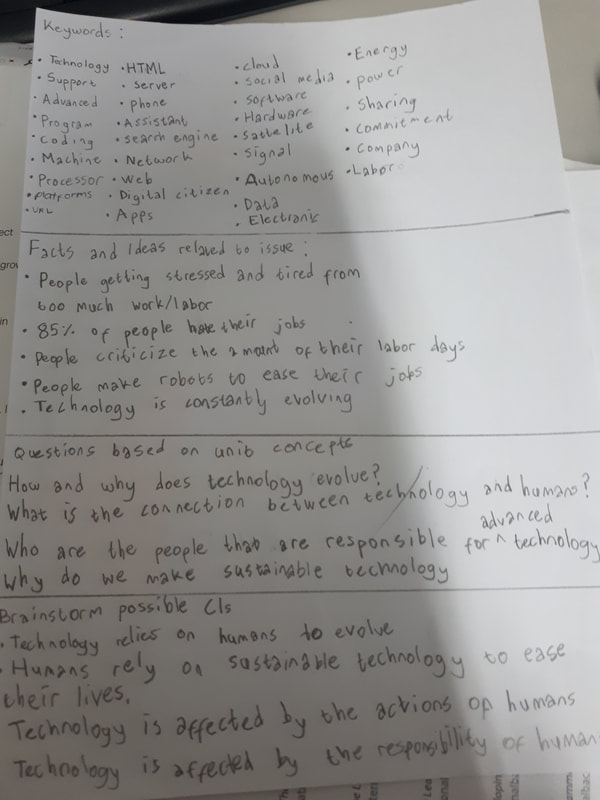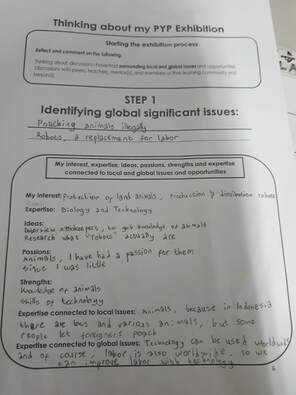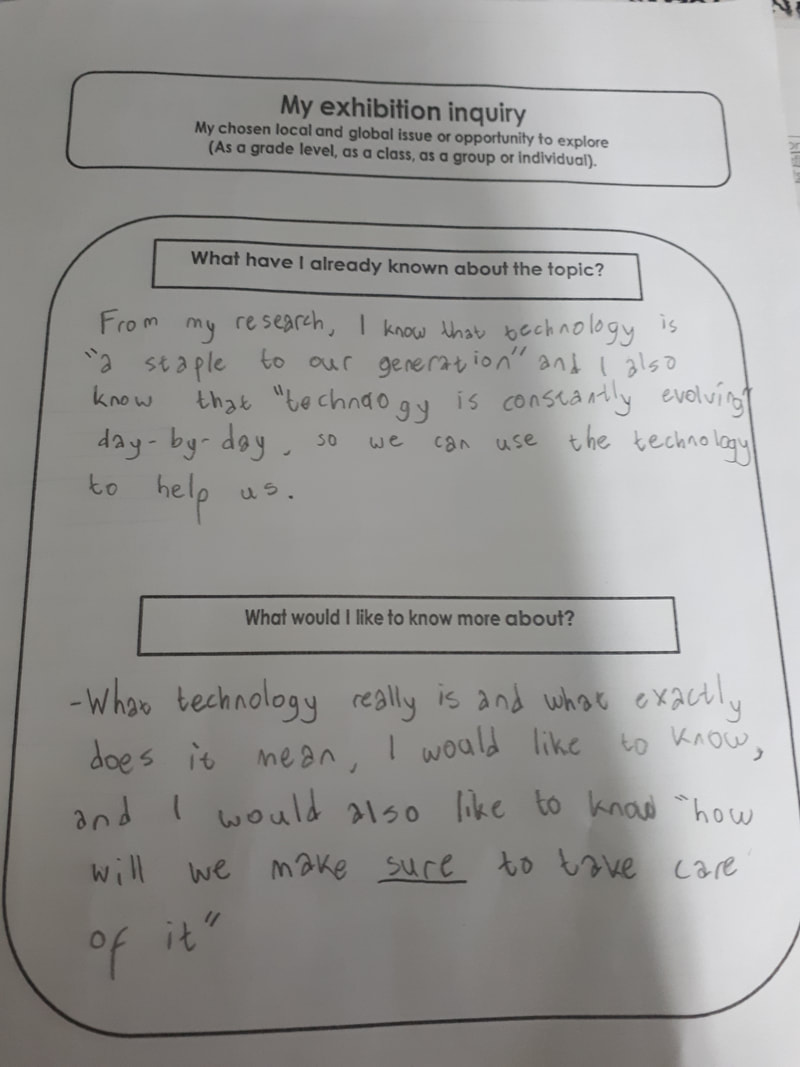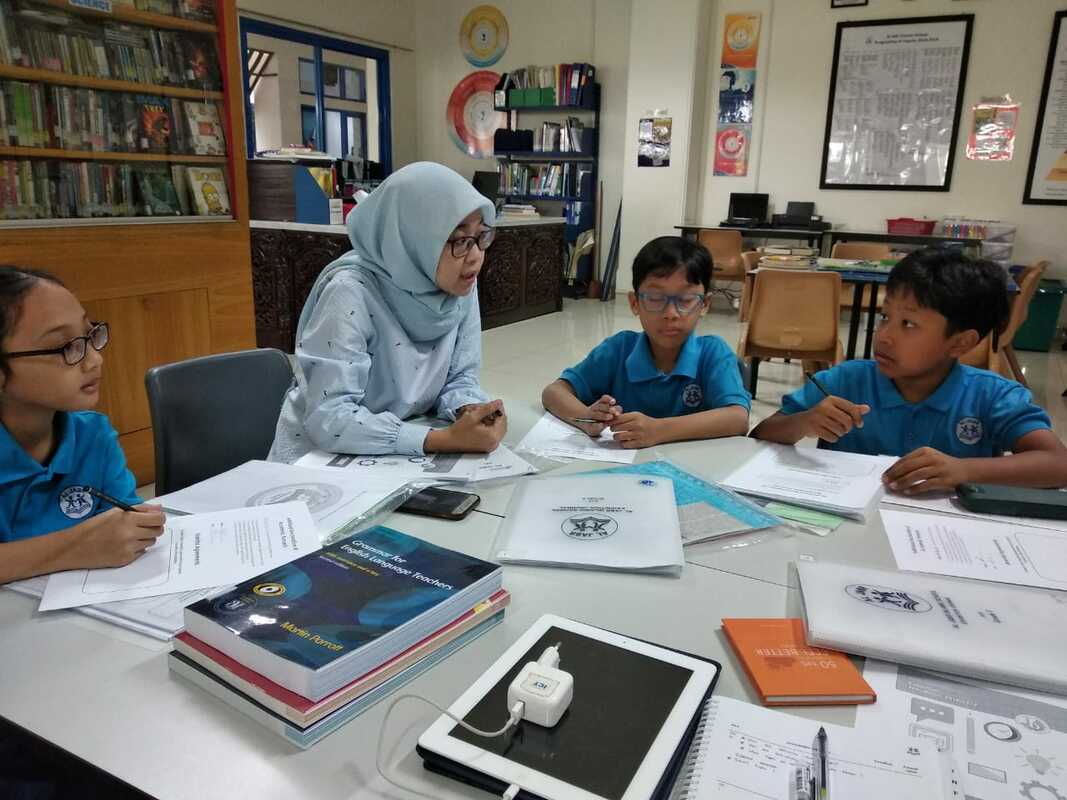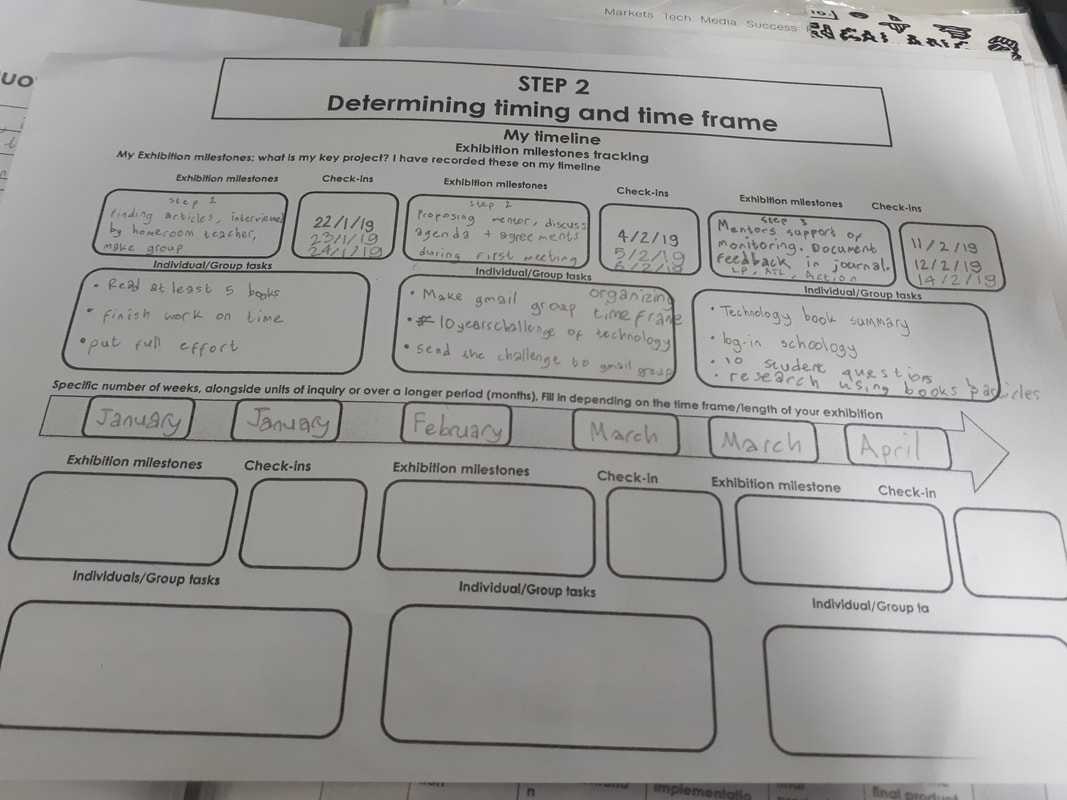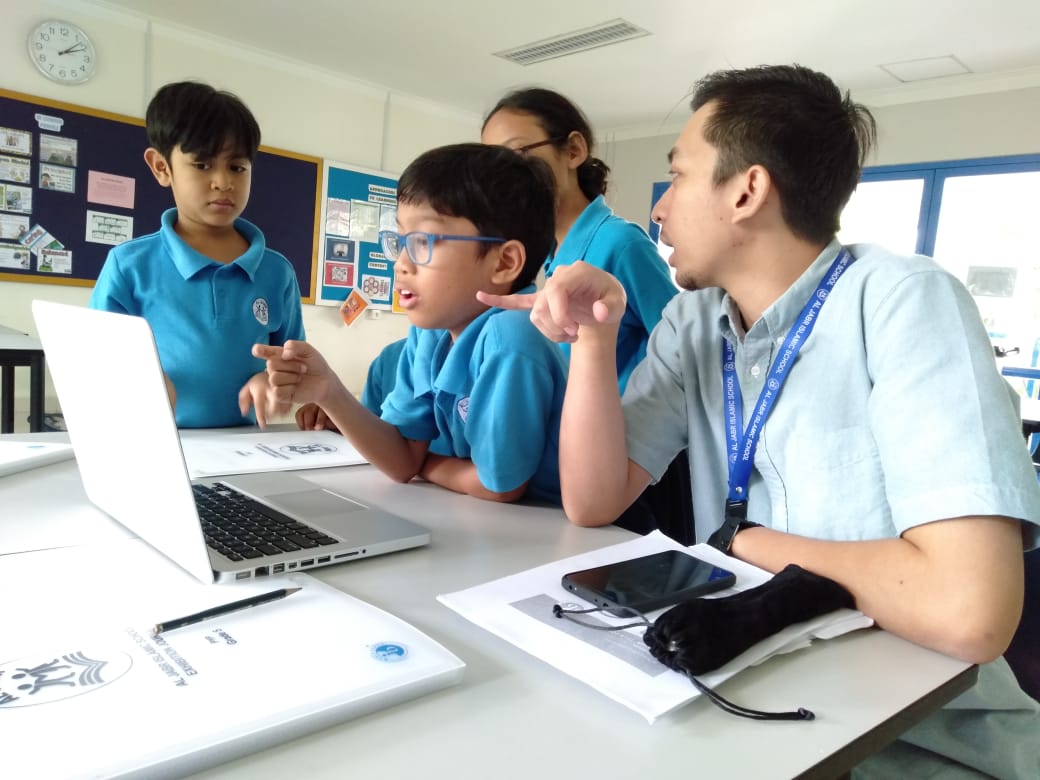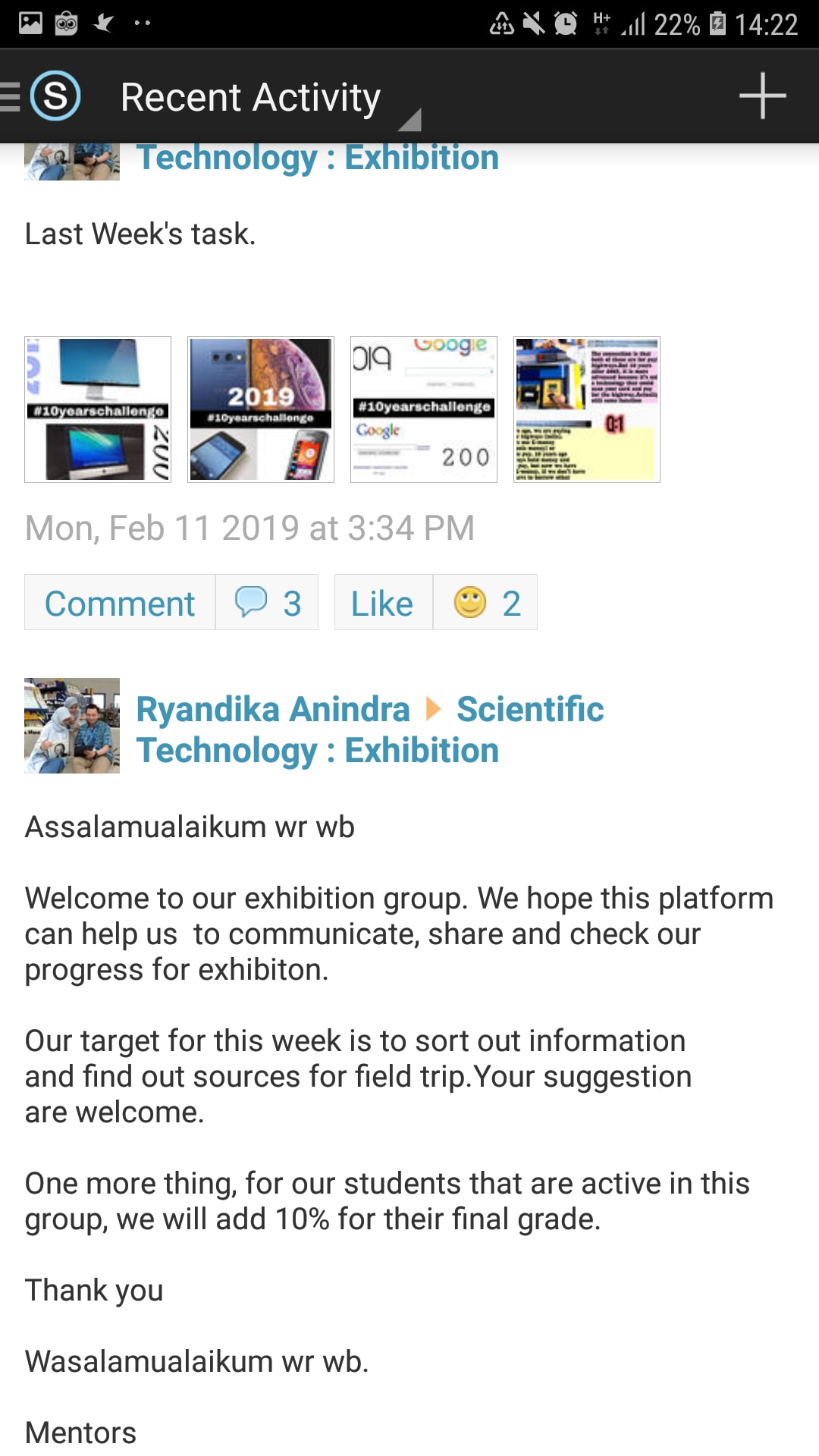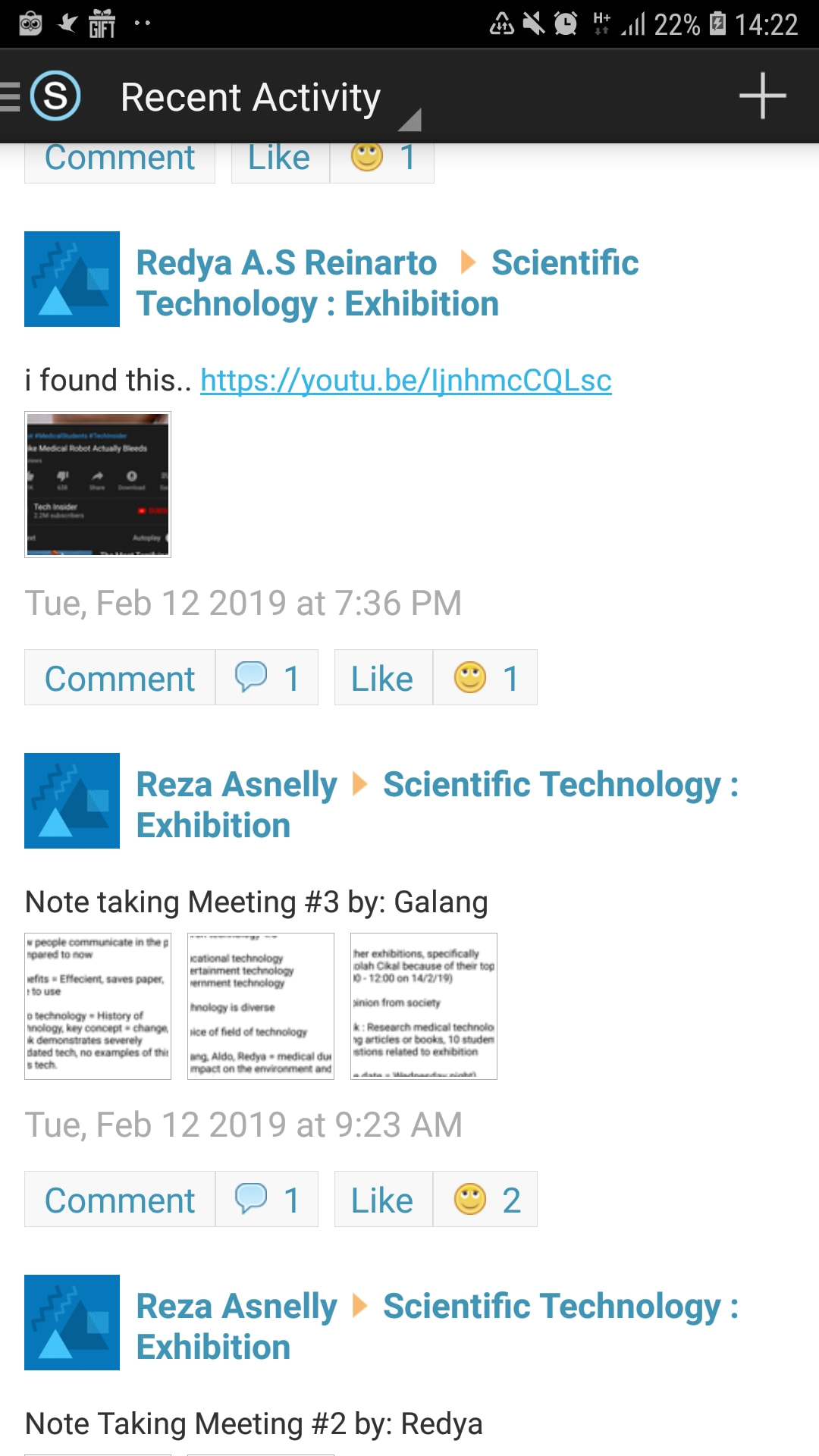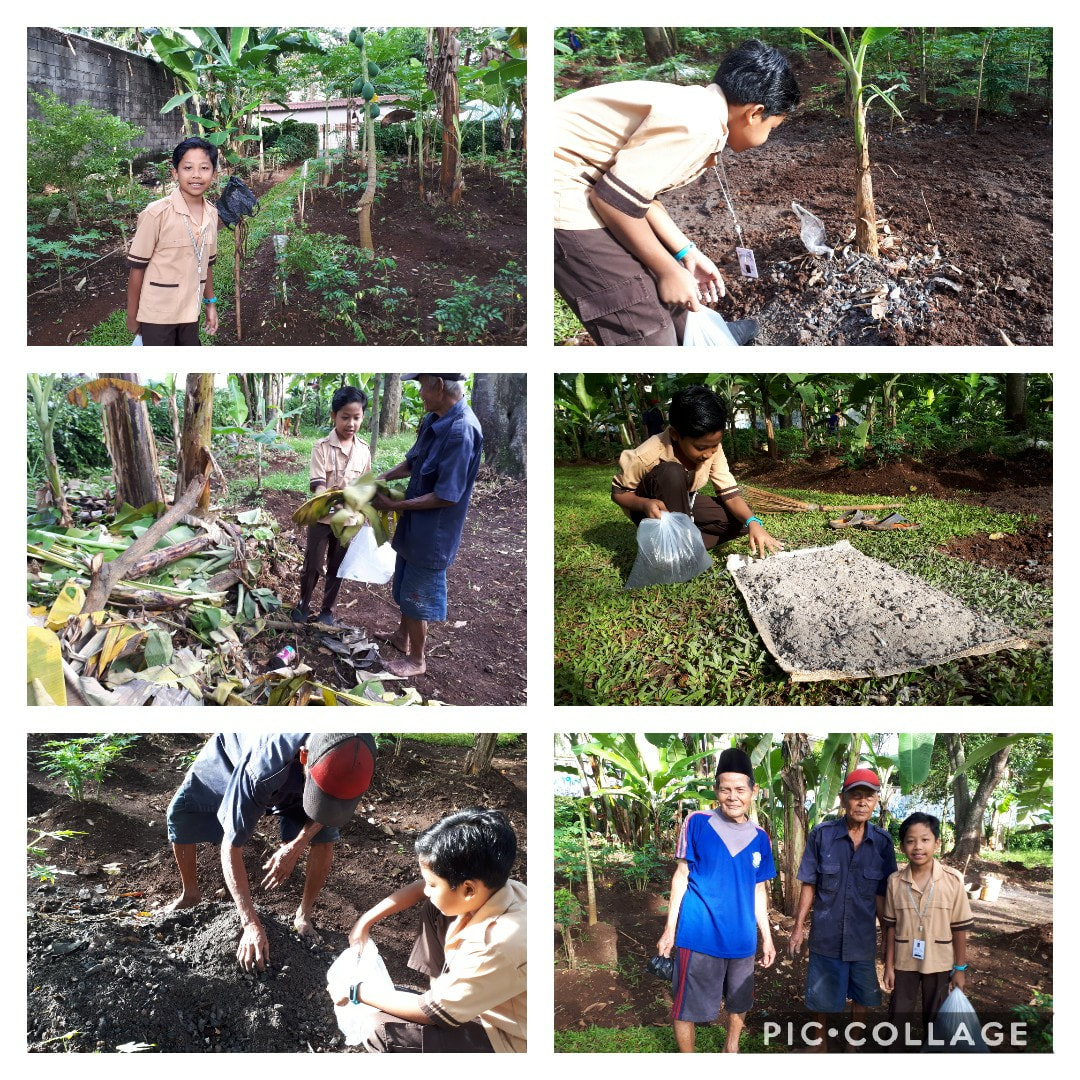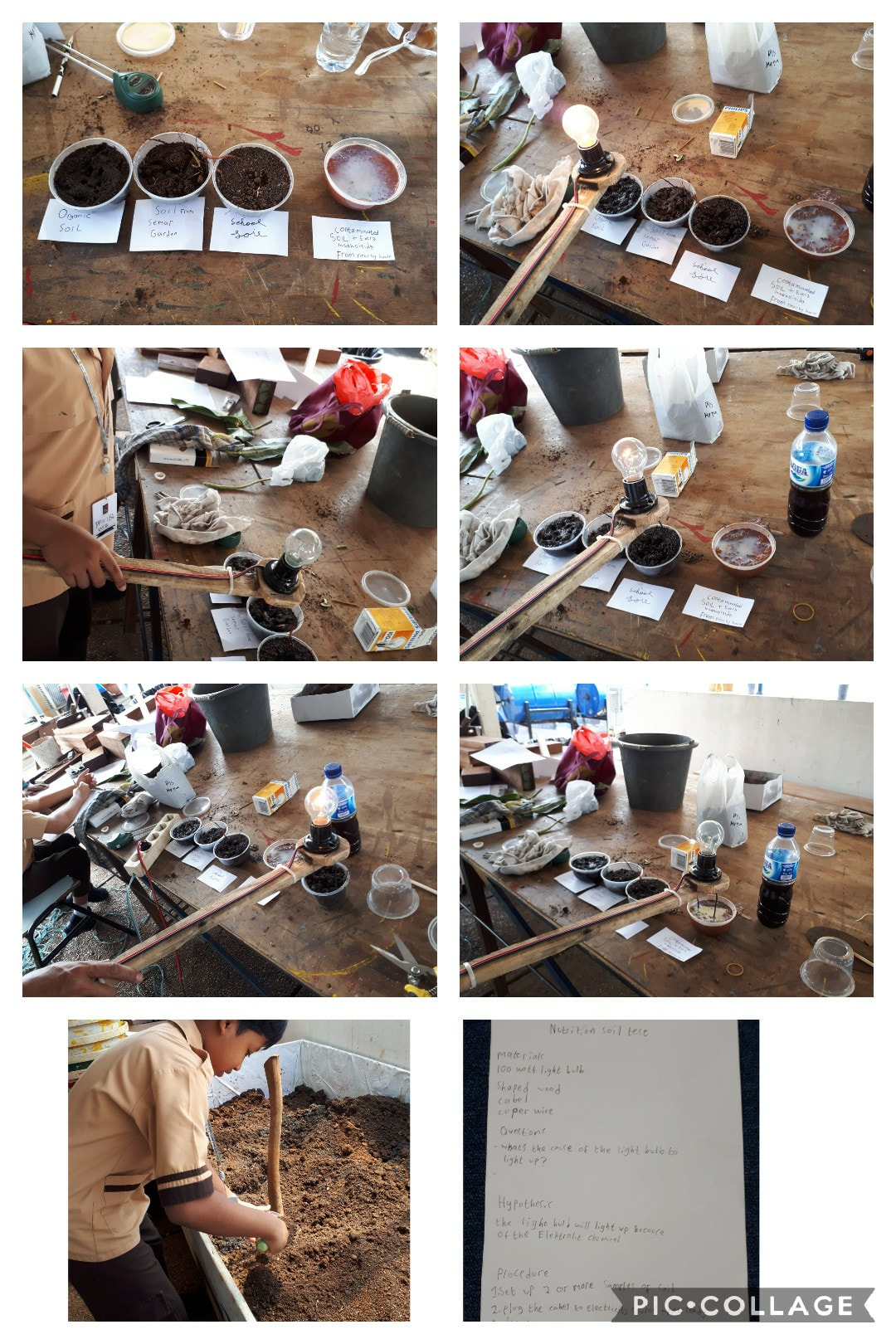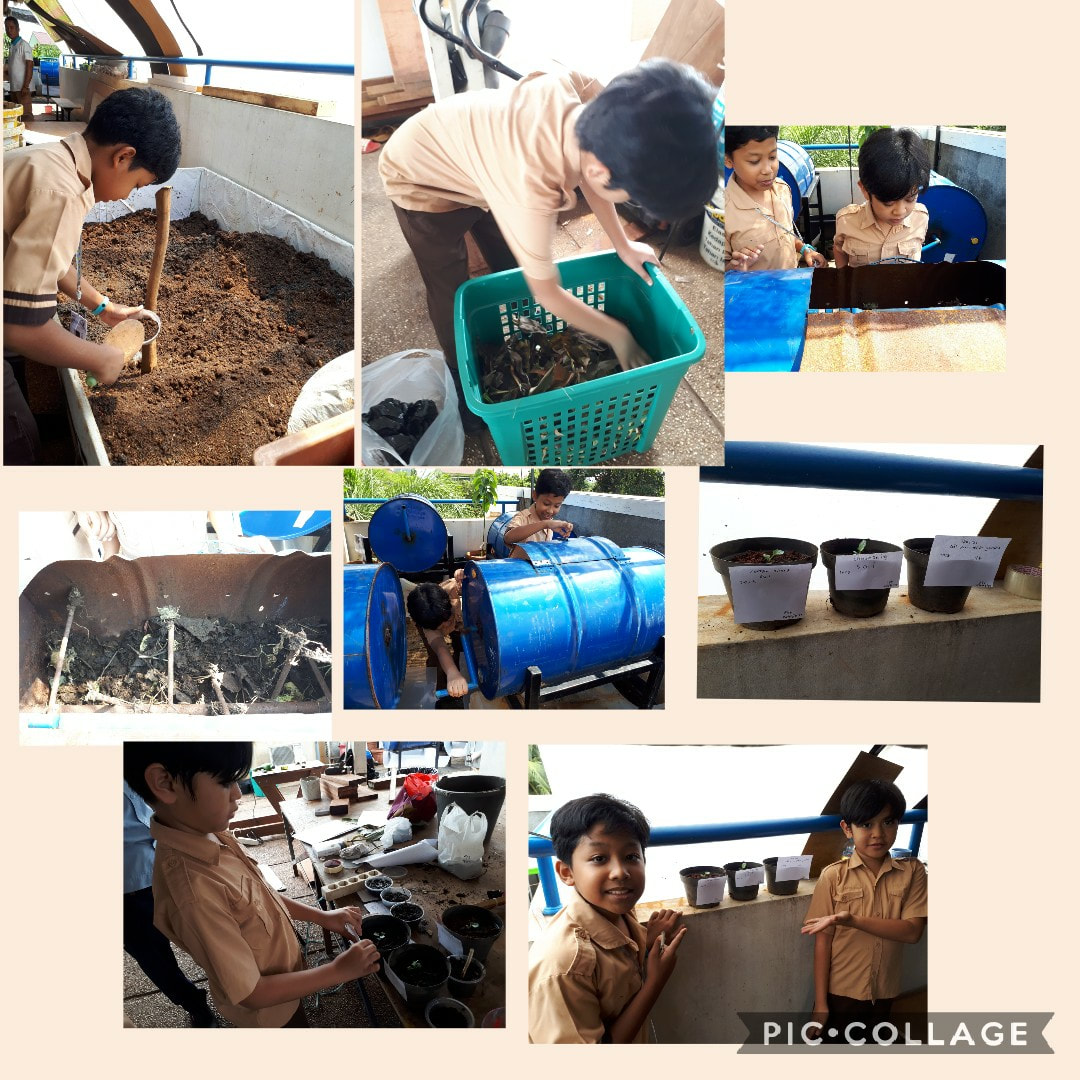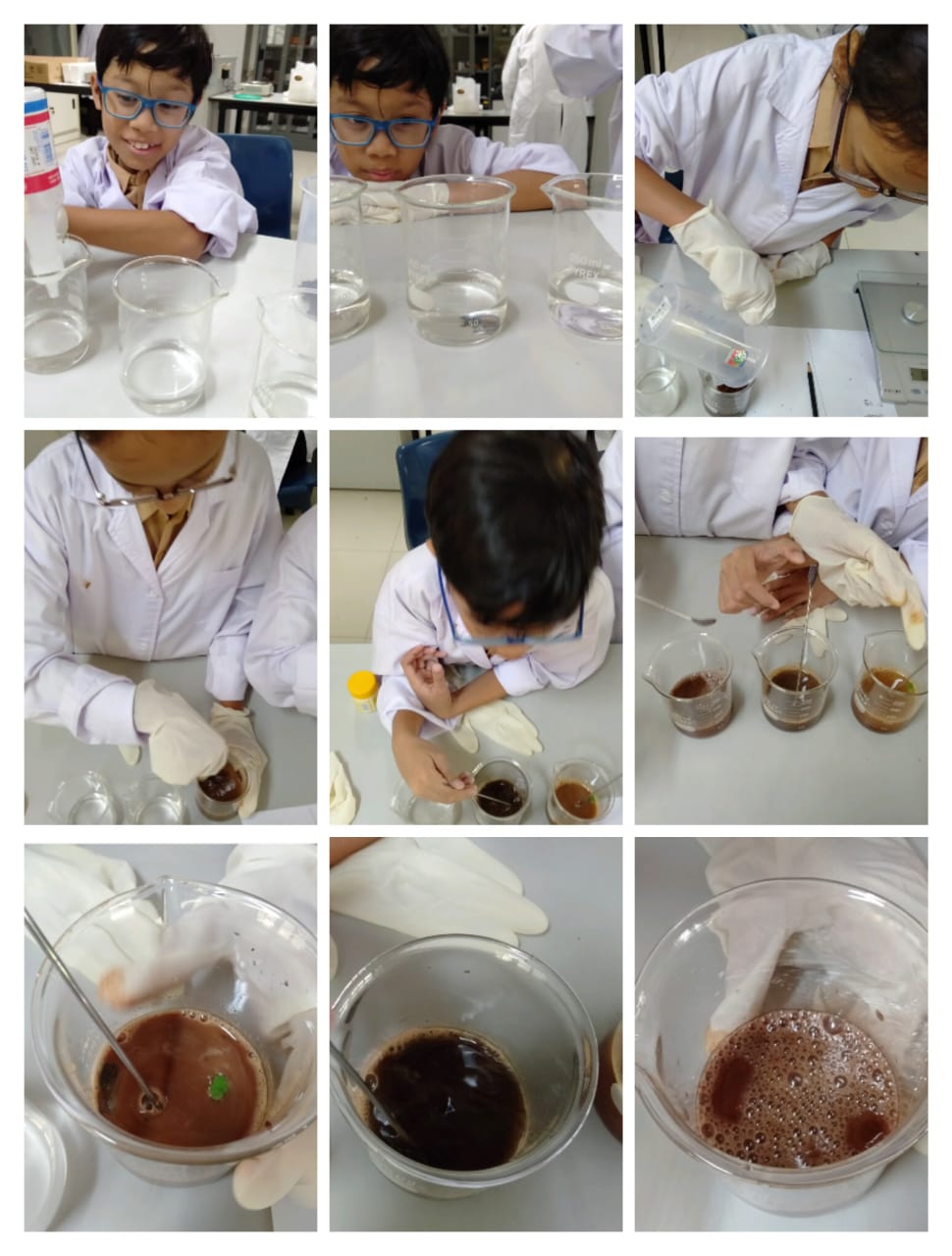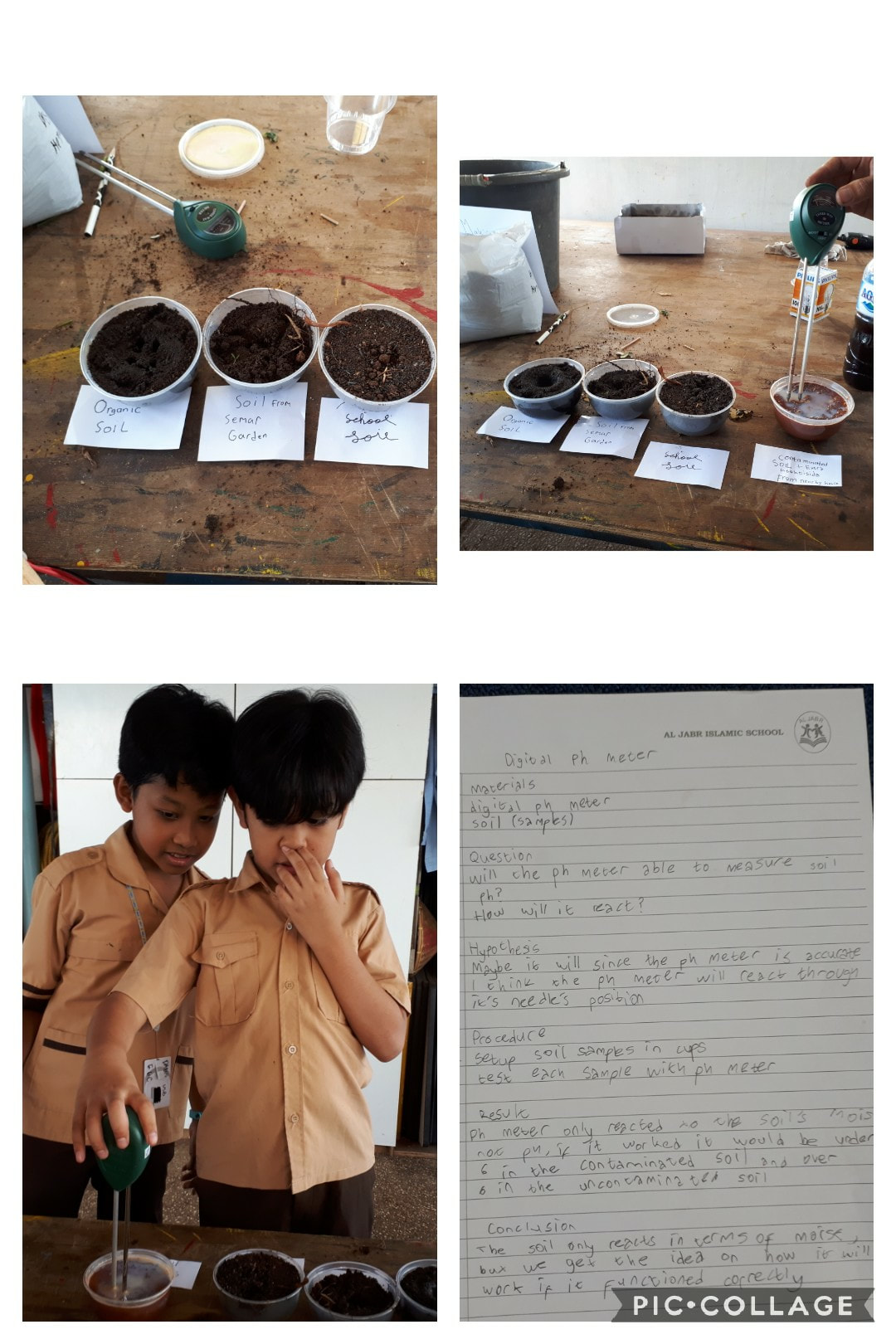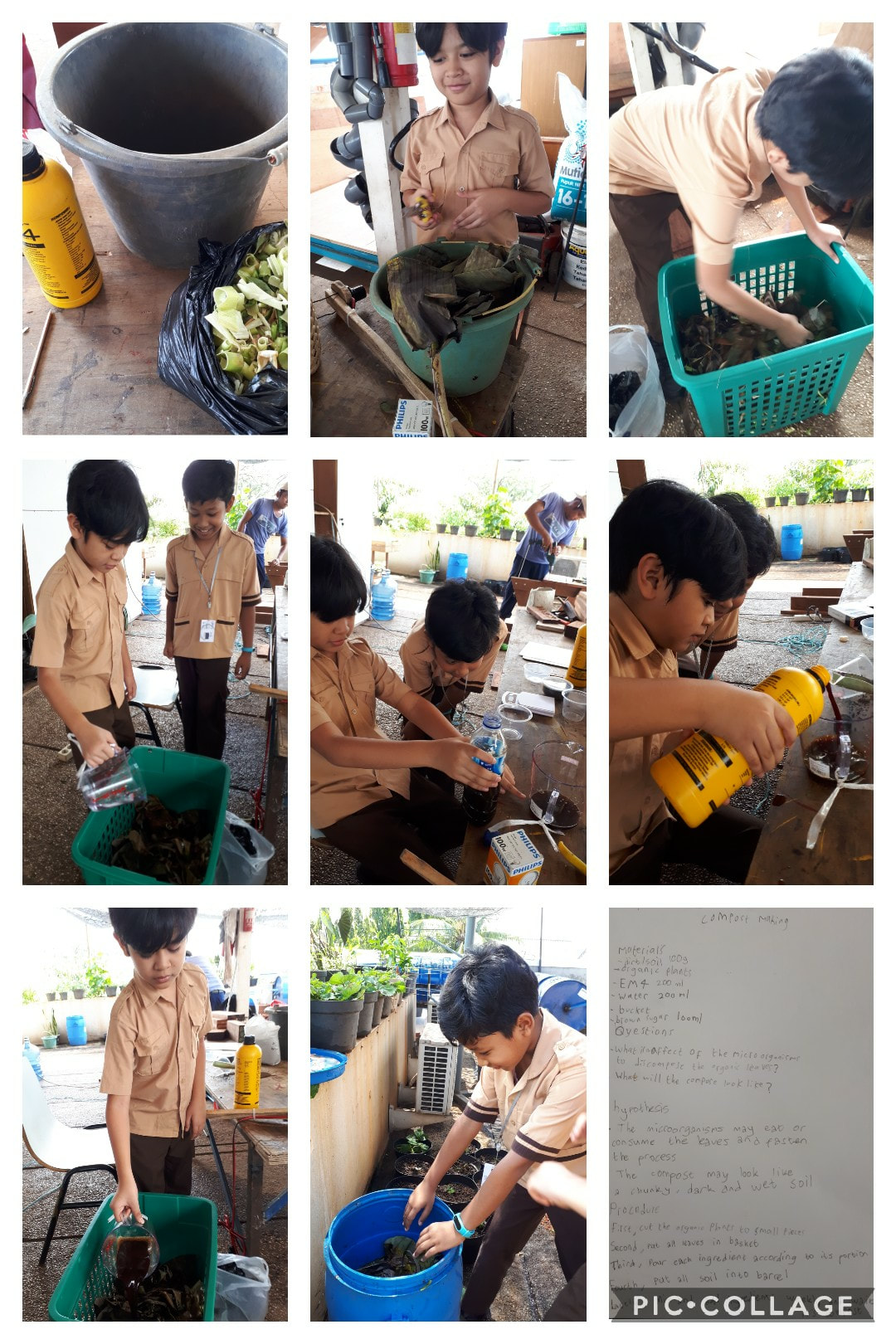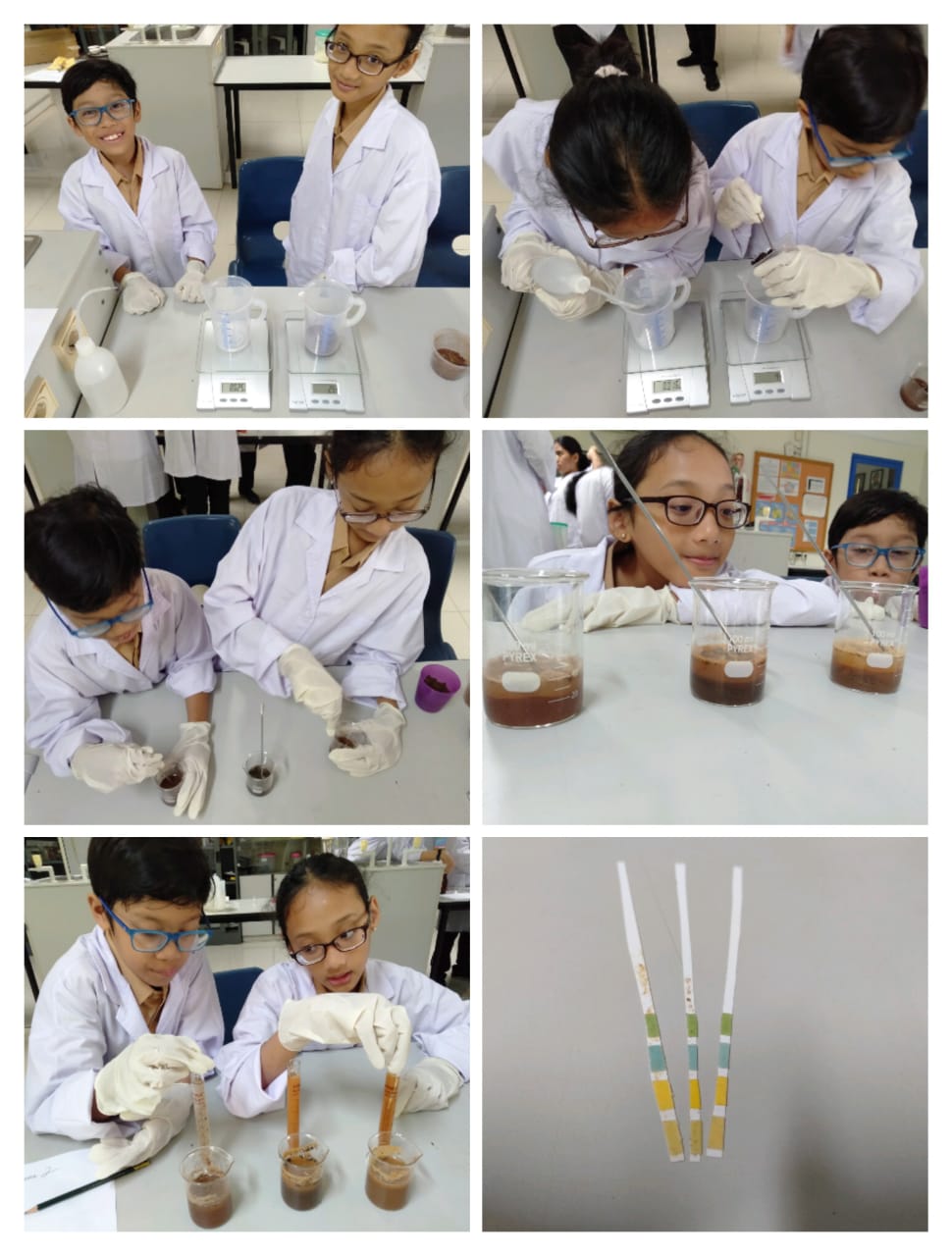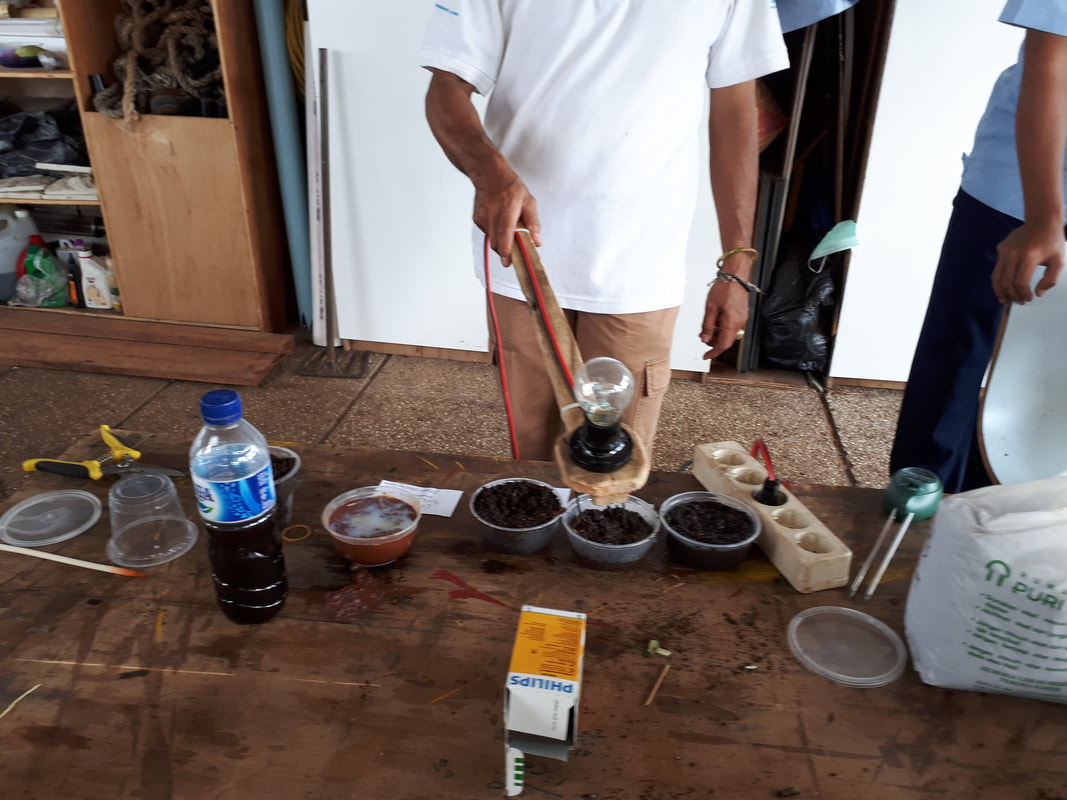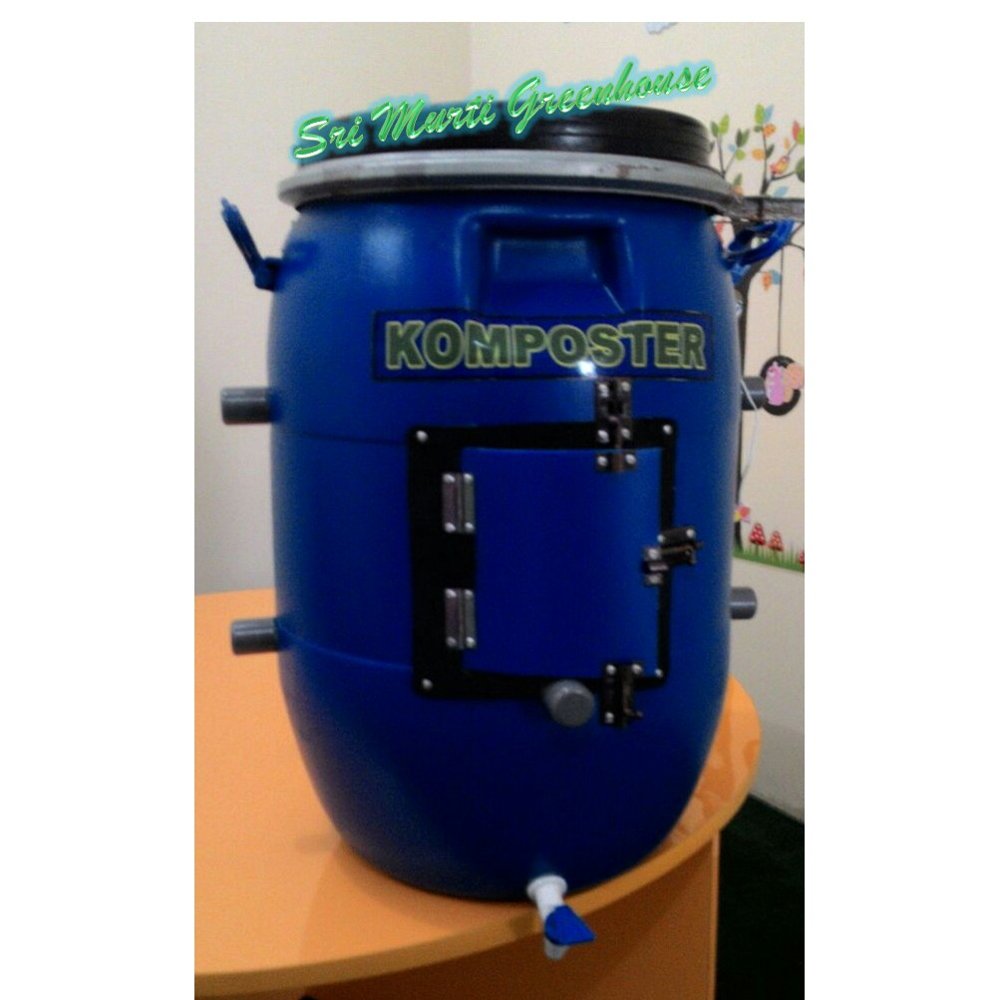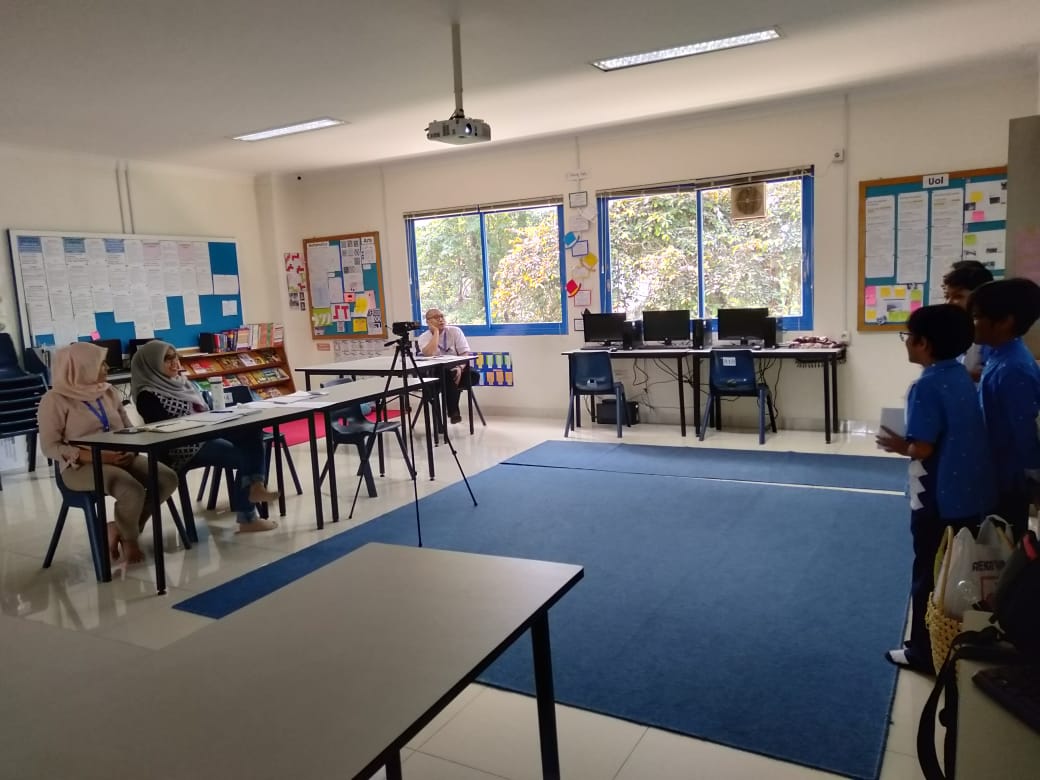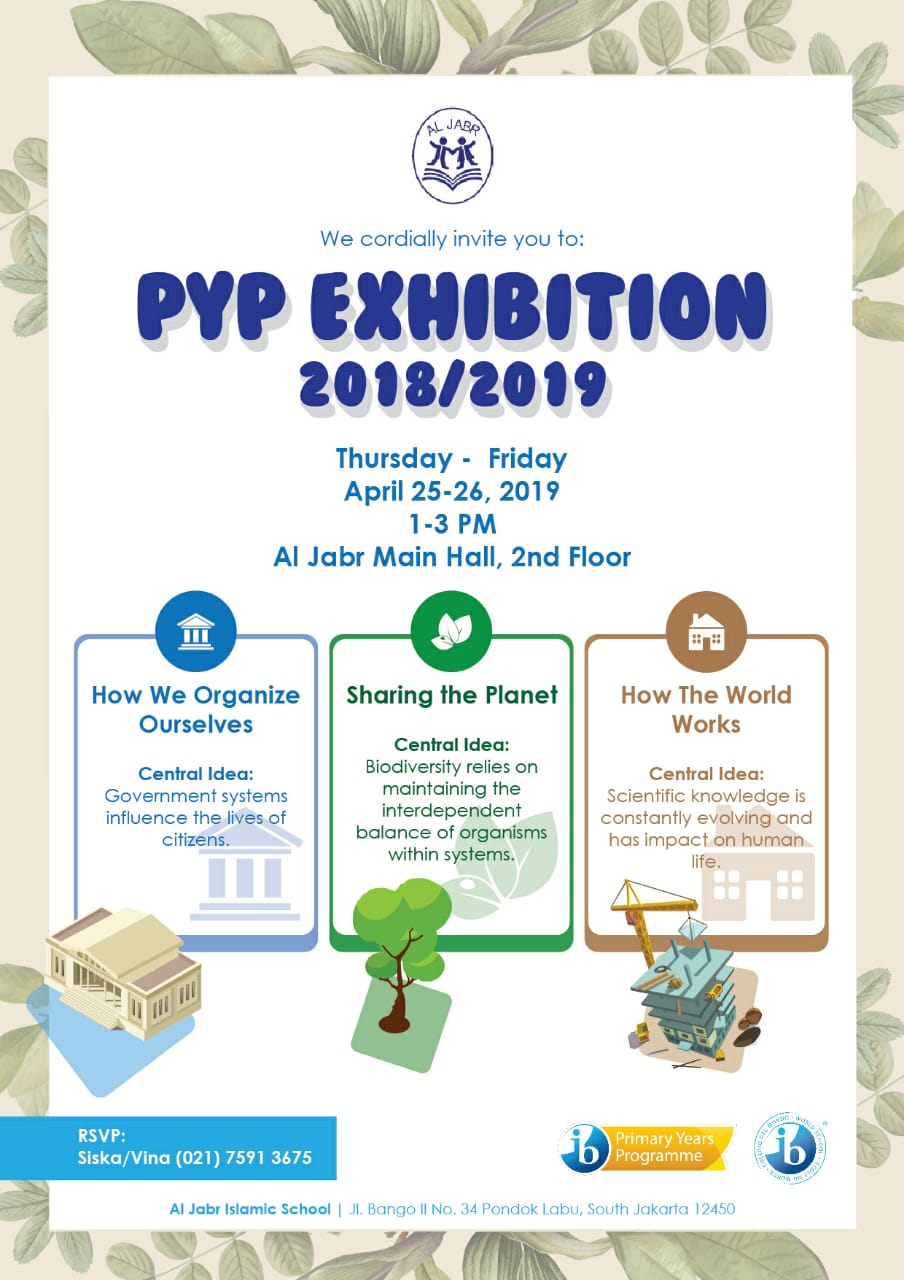'Be the Solution to Soil Pollution'
|
|
|
Soil contaminants are naturally occurring or human made chemicals that can have negative impacts on human and plant health. Contami-nants may be present in soils from past land use activities, such as the historic use of lead paint, pesticides, treated wood, or from being close to heavy traffic areas. Soil contaminants can also be created from industrial activities and can get into soil from spills, runoff, wastewater, or from air emissions that settle onto soil or water.
How can Soil Contaminants Affect Our Health?
Soil contaminants can have a variety of impacts, but due to the low expo-sure levels, we are most concerned about long-term health effects from soil contaminants that may take years to develop or contribute to long-term illnesses or impairments. Our group Researc is focused on early life exposures and their later life consequences. For this reason, the groups we’re most concerned about for exposure are children and women of child-bearing age. These groups are more sensitive to soil contamination because of their developmental stage
How can Soil Contaminants Affect Our Health?
Soil contaminants can have a variety of impacts, but due to the low expo-sure levels, we are most concerned about long-term health effects from soil contaminants that may take years to develop or contribute to long-term illnesses or impairments. Our group Researc is focused on early life exposures and their later life consequences. For this reason, the groups we’re most concerned about for exposure are children and women of child-bearing age. These groups are more sensitive to soil contamination because of their developmental stage
|
Central Idea:
Humans rely on constantly evolving and sustainable technology to support their lives Lines of Inquiry:
Related concepts:ingenuity, progress, ethics, and sustainability Learning Outcomes: Science
Explain how human activities can have positive or adverse effects on local and other environments (for example, agriculture, Industry). |
Resources:
http://www.fao.org/world-soil-day/campaign-materials/en/ |
Mentors and students
Step 1
Identifying globally significant issues
Exploring,wondering and questioning
What is Soil Contamination?
Soil contamination refers to the destruction of land that could be used constructively by human activities, either directly or indirectly.This should be cause for great concern considering the devastating effects soil pollution brings to the environment.
Causes of Soil Contamination Soil pollution is mostly caused by mindless human activities such as:
Industrial waste
Soil contamination refers to the destruction of land that could be used constructively by human activities, either directly or indirectly.This should be cause for great concern considering the devastating effects soil pollution brings to the environment.
Causes of Soil Contamination Soil pollution is mostly caused by mindless human activities such as:
Industrial waste
- Deforestation
- Excessive use of fertilizers and pesticides
- Garbage pollution
- Climate change
- Loss of soil fertility
- Impact on human health
- Reforestation
- Controlled farming practices
- Bio remediation
- Reduce, Recycle, and Reuse
- Use biodegradable products
- Reduce the use of pesticides and fertilisers
Step 2
Determining timing and time frame
Making Connections between previous learning and CURRENT learning
Step 3
Engaging support from the learning community
COLLECTING data and reporting findings/Researching and seeking information
|
|
|
|
|
Students identifies technology used to analyze soil structure and qualities.
|
|
|
|
Step 4
Organizing the Learning
Experimenting and playing with POSSIBILITIES
Solving problems in a variety of ways
manual soil contamination test
Handmade technology for soil contamination test
|
| ||||||
STEP 5
Monitoring the Exhibition
Establishing and testing theories
|
|
| ||||||||||||
STEP 6
Sharing the exhibition
Taking and defending a position
|
|
| ||||||||||||

